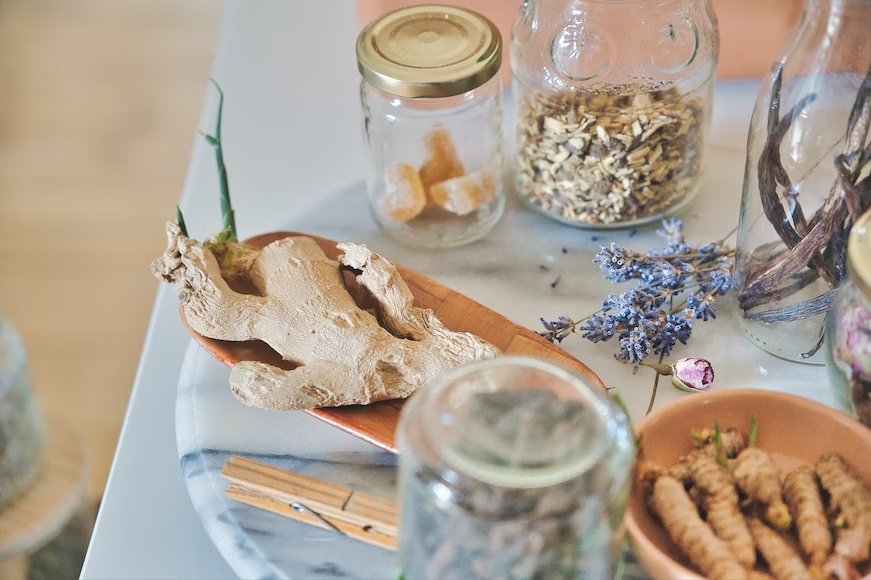A Brief Overview of Bitter Ingredients
Amaro is Italian for ‘bitter’. As the name implies, the main characteristic that distinguishes amaro from other liqueurs is its bitterness. This bitterness triggers a survival mechanism built into us over thousands of years. Throughout evolution human bodies have grown a sort of alarm system to react to bitter ingredients. This is because, unlike sweet and salty things, bitter is often indicative of toxicity.
However, many bitter plants are not poisonous. In fact, they often possess strong medicinal qualities. Bitter agents have been used for centuries to treat a range of medical conditions.
For example: Cinchona bark has been used for centuries to treat malaria. It’s also been used to treat: muscle cramps, bloating, loss of appetite, fever, the flu, colds, enlarged spleen, varicose veins, and some types of cancer.
The ‘alarm effect’ is actually your body’s attempt to speed up the process of digestion in order to expel the potential toxin. This produces an array of beneficial effects, including the production of bile, mucous, saliva, and gastric juice secretion which aid with digestion and bloating.
Below is a list of bittering agents.
Common Bittering Ingredients:
* Cinchona bark
* Gentian root
* Wormwood
* Angelica root
* Burdock root
* Cherrrytree bark
* Quassia bark
* Galangal root
* Licorice root
* Fringe root
The bittering agents are also traditionally paired with more pleasant tasting, herbal ingedients. These ingredients add their own healing properties to the herbal remedy as well as adding flavor and complexity. Many amaro recipes remain allegedly identical to the original medicinal recipe, though with an increase in alcohol and sugar content.
Here are some common additional ingredients added to popular amari.
Common Additional Ingredients:
* Cardamom
* Chamomile
* Rhubarb
* Mint
* Orange peel
* Fennel
* Artichoke
* Eucalyptus
* Juniper
* Ginger
* Cardoon
* Clove
* Anise
* Saffron
* Sage
* Aloe ferox
* Lemon balm
* Cinnamon
* Rosemary
* Bitter orage
* Blessed thistle
* Dandelion
* Corriander
* Spearmint
* Hibiscus
* Caraway
* Myrrh
A General Guide to the Base of Amari Infusions

The last aspect to consider is the base of an amaro infusion.
Most Amari are made from neutral spirit, though they are sometimes made using wine as a base. Still others are made from a grape distillate, a neutral spirit made from grapes. There are sometimes even Vermouth which have such a strong bitter characteristic they are known as “Amaro Vermouths”.
Remember there are no steadfast rules within the production of amari.
* Grape juice + distillation + aging = brandy.
* Grape pomace + must + distillation = grape distillate, or Grappa
-
Neutral spirit - also called rectified spirit, is produced by repeated distillation (or rectification) until achieving almost pure alcohol, 95% in US, topped at 97.2% by process.
-
Grape distillate - high-proof alcohol produced by distilling grape must and/or pomace. Repeated distillation achieves grape based neutral spirit.
